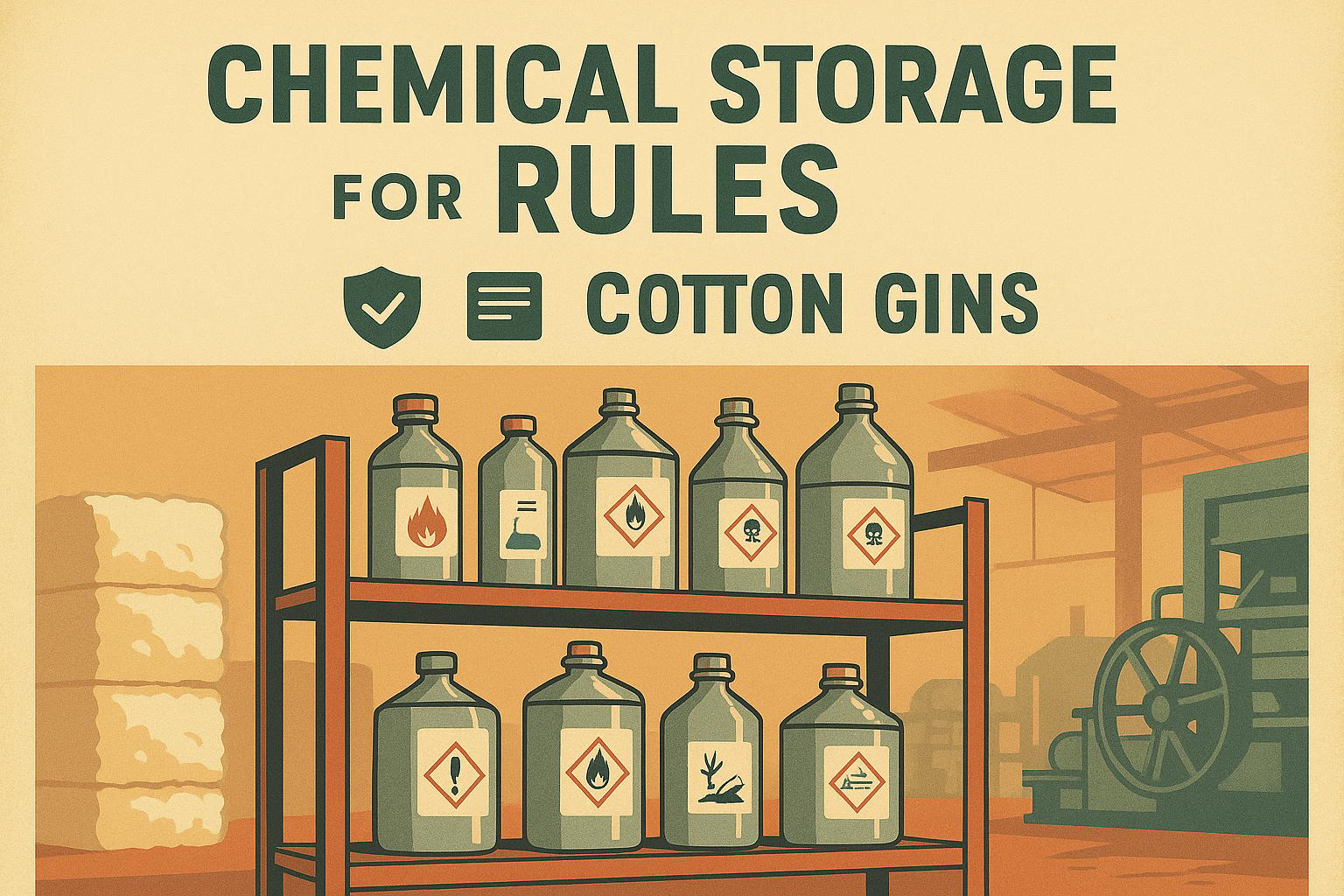As a cotton farmer with a decade or more in the field, you've seen how shifting to organic methods can reshape your operation—better soil, fewer chemicals, and often premium prices. But getting higher yields without synthetic inputs requires more than just ditching pesticides; it demands refined organic cotton farming techniques that build on your experience with crop cycles, soil biology, and pest dynamics. These approaches aren't about starting from scratch—they're about optimizing what you already know to push boll counts and fiber quality while staying certified.
Organic cotton accounts for a small but growing share of global production, with studies showing potential yield gaps of 20-30% compared to conventional if not managed precisely. Yet, with targeted strategies, many growers close that gap and even surpass it through enhanced ecosystem services like improved pollination and nutrient cycling. Drawing from extension research, farms using layered organic practices report 10-15% yield lifts over basic organic setups. We'll dive into advanced methods, assuming you're familiar with certification basics like buffer zones and prohibited substances, focusing instead on efficiencies that tackle real challenges like nutrient lockup or weed pressure.
Soil Building: Beyond Basic Composting for Nutrient-Rich Profiles
In organic systems, soil isn't just a medium—it's your primary input factory. Advanced organic cotton farming techniques emphasize microbial diversity and structure to unlock nutrients without synthetics, addressing common issues like compaction in heavy rotations.
- Multi-Species Cover Crops: Go beyond single-legume covers by mixing rye, vetch, and radish for layered benefits. Rye scavenges nitrogen, vetch fixes it, and radish breaks hardpans with bio-drilling roots. In trials, this boosts organic matter by 1-2% over three years, improving water infiltration and reducing erosion in variable soils—key for cotton's deep taproots.
- Biochar Amendments: Incorporate pyrolyzed biomass at 5-10 tons per acre to enhance cation exchange capacity. This stabilizes pH in acidic clays, holding onto potassium and phosphorus that might otherwise leach, potentially increasing boll retention by supporting even maturity.
- Mycorrhizal Inoculants: Apply fungi like Glomus species during planting to extend root reach by 10-20 times. This accesses phosphorus in low-mobility zones, cutting deficiency risks that stunt squares—common in organic fields without superphosphates.
Test soil biota annually with phospholipid fatty acid analysis to track progress; aim for fungal-to-bacterial ratios favoring fungi for better aggregate stability. Challenges like initial cost are offset by long-term input savings, with some operations reporting 15% less supplemental manure needs.
Precision Planting in Organic Systems: Spacing and Timing for Density
Planting sets the stage for yield, and in organic cotton, where herbicides are off-limits, advanced spacing and timing become critical for canopy management and weed suppression.
- Variable-Rate Seeding: Use GPS-guided planters to adjust densities from 30,000 to 50,000 plants per acre based on soil maps. Higher in fertile zones maximizes boll set; lower in marginal areas prevents competition stress, often yielding 10% more lint in variable fields.
- Twin-Row Configurations: Plant in paired rows 7-10 inches apart on 30-38 inch beds to increase population without crowding. This promotes earlier canopy closure, shading out weeds like pigweed while improving light interception for lower bolls—extension data shows 5-12% yield gains in weed-prone organics.
- Delayed Planting Windows: Shift to mid-May in warmer belts if thrips pressure is high, allowing natural predator buildup. Pair with reflective mulches to deter early insects, maintaining stands without neonic seed treatments.
Calibrate for 85-95% emergence by testing vigor with cold germ tests pre-plant. Organic seeds can vary, so source from certified suppliers with known performance.
Integrated Weed Management: Mechanical and Cultural Controls
Weeds rob organic cotton of 20-40% potential yield if unchecked, so advanced organic cotton farming techniques blend cultivation, mulching, and biology for suppression without glyphosate.
- Flame Weeding: Use propane burners post-emergence for broadleaf control in rows, timing for weed cotyledon stage to avoid crop scorch. This knocks back 70-90% of early flushes, buying time for canopy dominance.
- Roller-Crimpers: For no-till organics, crimp-terminated covers to create mulch mats suppressing germination. In rye systems, this reduces weed biomass by 50-80%, preserving moisture for cotton's critical bloom phase.
- Allelopathic Crops: Intercrop with sorghum-sudangrass in off-years; its residues release compounds inhibiting Palmer amaranth. Rotate strategically to break resistance cycles.
Scout weekly with thresholds; combine with hand rogueing in hotspots. Labor-intensive but effective, with some farms cutting weed seedbanks by half over five years.
Biological Pest Control: Enhancing Natural Enemies
Without broad-spectrum insecticides, bolstering predators and parasites is essential in organic cotton farming techniques to manage aphids, bollworms, and thrips.
- Habitat Strips: Plant 5-10% of fields with nectar-rich borders like buckwheat or crimson clover to attract ladybugs and lacewings. These reduce aphid populations by 40-60%, preventing honeydew that fosters sooty mold.
- Banker Plants: Introduce sorghum strips inoculated with non-pest aphids to rear parasitic wasps, releasing them into cotton as needed. This targets Helicoverpa without disruption, maintaining 80-90% control in low-pressure years.
- Microbial Sprays: Apply Bacillus thuringiensis (Bt) kurstaki for lepidopteran larvae, timing via pheromone traps. Combine with neem extracts for sucking pests, achieving 70% efficacy while preserving spiders.
Monitor with sweep nets; thresholds adjust for beneficial ratios. Challenges like secondary outbreaks from imbalances are mitigated by diversity—farms with high predator counts report 15-25% fewer sprays.
Nutrient Cycling: Organic Fertilizers and Foliars
Sourcing nitrogen organically is a hurdle, but advanced techniques cycle it efficiently for robust growth and boll fill.
- Legume Rotations: Alternate with peanuts or soybeans to fix 100-150 pounds N per acre, tilling residues pre-plant for slow release. This supports cotton's peak demand without ammonia spikes.
- Compost Teas: Brew aerated teas from vermicompost for foliar application, delivering microbes and chelated micronutrients. Boosts leaf health, improving photosynthesis by 10-15% during stress.
- Fish Emulsions: Use as side-dress for quick N/P boosts, at 5-10 gallons per acre during squaring. High in amino acids, it enhances protein synthesis for stronger fibers.
Balance with rock phosphate for P, avoiding over-application that ties up zinc. Tissue tests guide adjustments, targeting 3-4% N in leaves at bloom.
Water Efficiency in Organic Cotton: Drip and Sensor Tech
Organic rules limit some amendments, but irrigation innovations conserve water while maintaining certification.
- Subsurface Drip: Install tapes 8-12 inches deep for targeted delivery, reducing evaporation by 30-50%. Chemigate organics like humic acids for root stimulation.
- Soil Sensors: Deploy capacitance probes for real-time moisture, irrigating at 40-60% depletion to avoid stress without waste. Saves 20% water in sandy loams.
- Rainwater Harvest: Collect in ponds for supplemental use, filtering to prevent clogging. Enhances resilience in dry spells.
Schedule based on ET models; over-watering fosters root rots in organics.
Harvest Aids and Timing in Organic Systems
Defoliation without ethephon requires natural cues and mechanical aids.
- Desiccant Alternatives: Use organic-approved salts like potassium acetate for leaf drop, applying at 60% open bolls.
- Maturity Monitoring: Scout for node above cracked boll; harvest at 12-15% moisture to preserve quality.
- Stripper vs. Picker: Choose based on variety; strippers suit high-density organics.
Minimize trash with clean fields.
Overcoming Organic Challenges: Yields and Economics
Yields may dip 10-20% initially, but premiums offset this—aim for 1,200-1,500 pounds per acre with techniques. Weed resistance builds; rotate tactics. Certification audits demand records; use apps for compliance.
Scaling Advanced Methods
Start on 20% acreage, expanding with data. Collaborate with co-ops for shared equipment.
Actionable Takeaways for Your Operation
- Assess Soil: Test biota and amend with biochar/multi-covers.
- Refine Planting: Trial twin-rows with inoculants.
- Boost Biology: Plant habitats; apply microbials.
- Cycle Nutrients: Rotate legumes; use teas/emulsions.
- Conserve Water: Install sensors/drip.
Advanced organic cotton farming techniques build sustainable yields. For rotation, visit our Cotton Crop Rotation Practices: Enhancing Soil Health and Yield Sustainability.
Embracing advanced organic cotton farming techniques ensures resilience and profitability.


